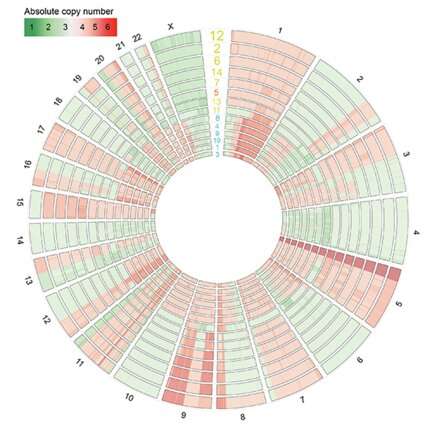Study finds wide variation between human cell lines used for research

More than 70 percent of researchers failed to reproduce another scientist's experiment, according to a survey conducted by Nature in 2016. If scientists can't reproduce each other's work, important discoveries may never leave the lab and have an impact on human health. One cause for this "reproducibility crisis" may lie in the significant differences in cell lines used by different laboratories, according to Yale researcher Yansheng Liu.
To explore the issue, Liu and a team of international scientists gathered samples of a human cancer cell line, known as HeLa cells, from more than a dozen laboratories of six countries worldwide. Established in the early 1950s, HeLa is the oldest and most commonly used human cell line. They cultured the different HeLa cells under uniform conditions and observed gene expression, growth rate, protein function, and other factors over time by using the state-of-the-art proteomic methods and other large-scale analysis. Additionally, the research team designed an experiment to study the response of the cell lines to Salmonella infection.
The research team found significant variation both between and within the different HeLa cell lines, particularly the lines known as HeLa CCL2 and HeLa Kyoto. The variation was evident in gene and protein expression, as well as in the cellular response to infection. In one particular strain, the researchers observed up to a 7 percent difference in gene expression between an early generation of cells and later ones examined after three months of growth.
These findings highlight the need for researchers to take steps to minimize the impact of this variation on research results. They recommend, for example, reporting the specific HeLa cell line types used in studies. Among other strategies, Liu and his colleagues also urge the use of early cell lines, the documentation of basic genome expression of the cells, and repeat testing of cells in different samples or models or labs to ensure reproducibility.
The full paper is published in Nature Biotechnology.
More information: Yansheng Liu et al. Multi-omic measurements of heterogeneity in HeLa cells across laboratories, Nature Biotechnology (2019). DOI: 10.1038/s41587-019-0037-y
Journal information: Nature Biotechnology
Provided by Yale University



















